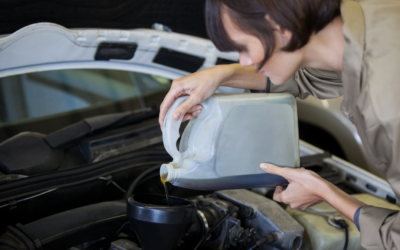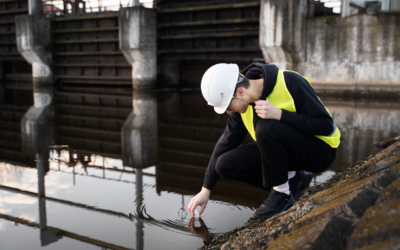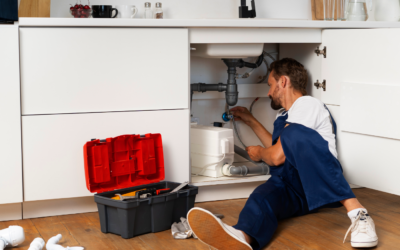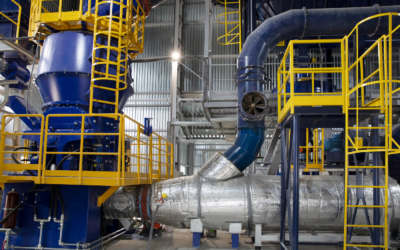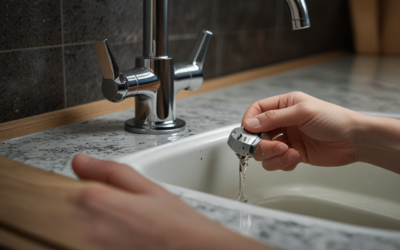As a homeowner or property manager, it’s important to understand the plumbing code in Canada. Plumbing codes are a set of guidelines and rules that must be followed to ensure safety and regulatory compliance when it comes to installing, repairing, or maintaining plumbing systems in buildings. In this article, we’ll take a closer look at the Canada plumbing code, what it entails, and why it’s so important.
What is the Canada Plumbing Code?
The Canada Plumbing Code is a comprehensive set of regulations that govern the installation, maintenance, and repair of plumbing systems in buildings. It is a part of the National Building Code of Canada, which is a model code that sets minimum standards for building construction, fire protection, and life safety. The Plumbing Code is created and maintained by the Canadian Commission on Building and Fire Codes, which is a part of the National Research Council of Canada.
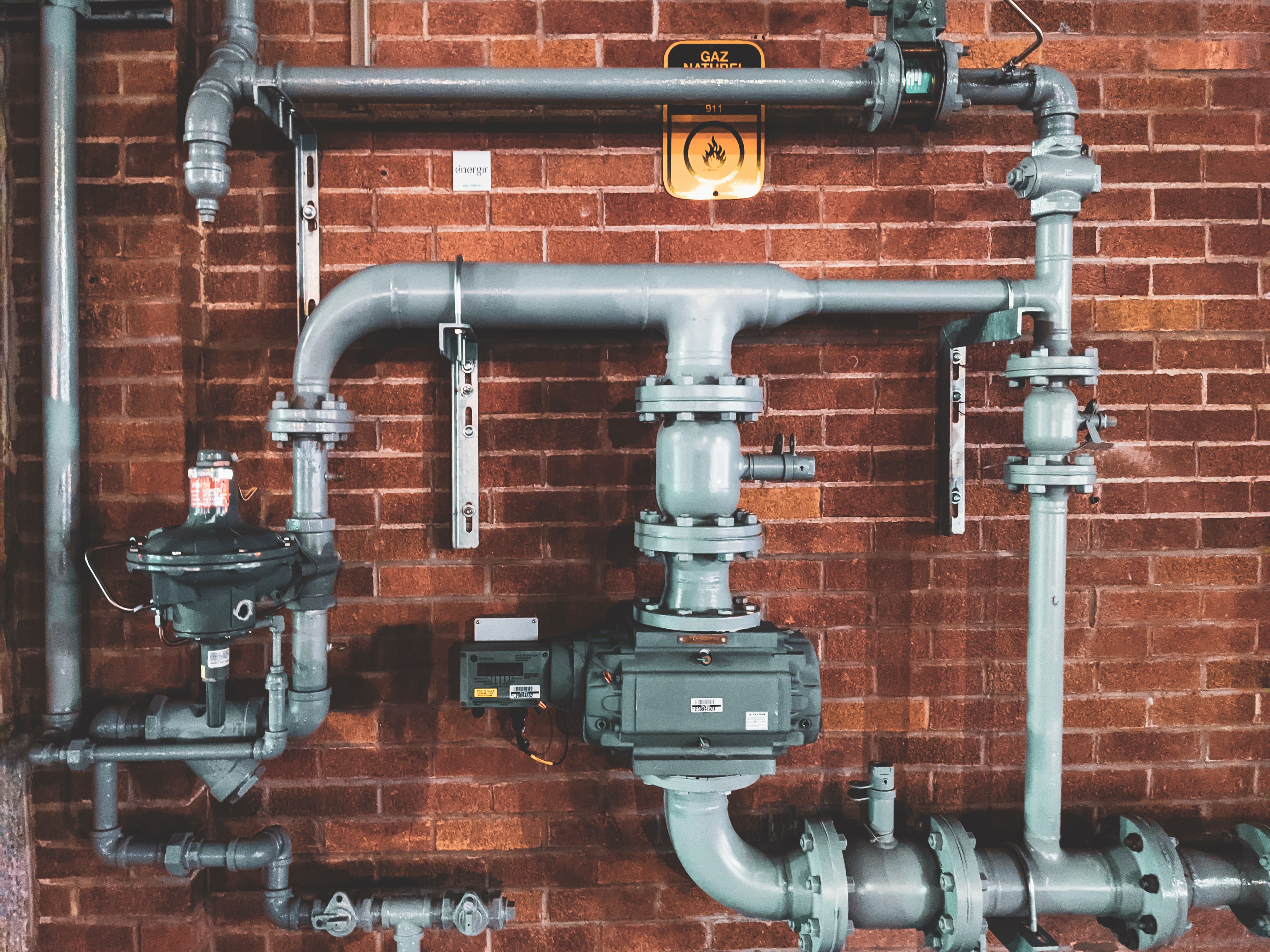
Why is the Canada Plumbing Code Important?
The Canada Plumbing Code is vital for ensuring the safety of people who use buildings with plumbing systems. Compliance with plumbing codes is mandatory, as it ensures that plumbing systems in buildings are safe, sanitary, and sustainable. The codes also reduce the risk of property damage and potential health hazards caused by improperly installed, repaired, or maintained plumbing systems.
What does the Canada Plumbing Code cover?
The Canada Plumbing Code covers the following aspects of plumbing installation, repair, and maintenance:
1. Water supply and distribution systems
2. Drainage and venting systems
3.Pipe material selection and installation
4. Fixtures and appliances
5. Plumbing fixtures and operating equipment
6. Rainwater harvesting systems
7. Greywater systems
8. Sprinkler systems
What is required to comply with the Canada Plumbing Code?
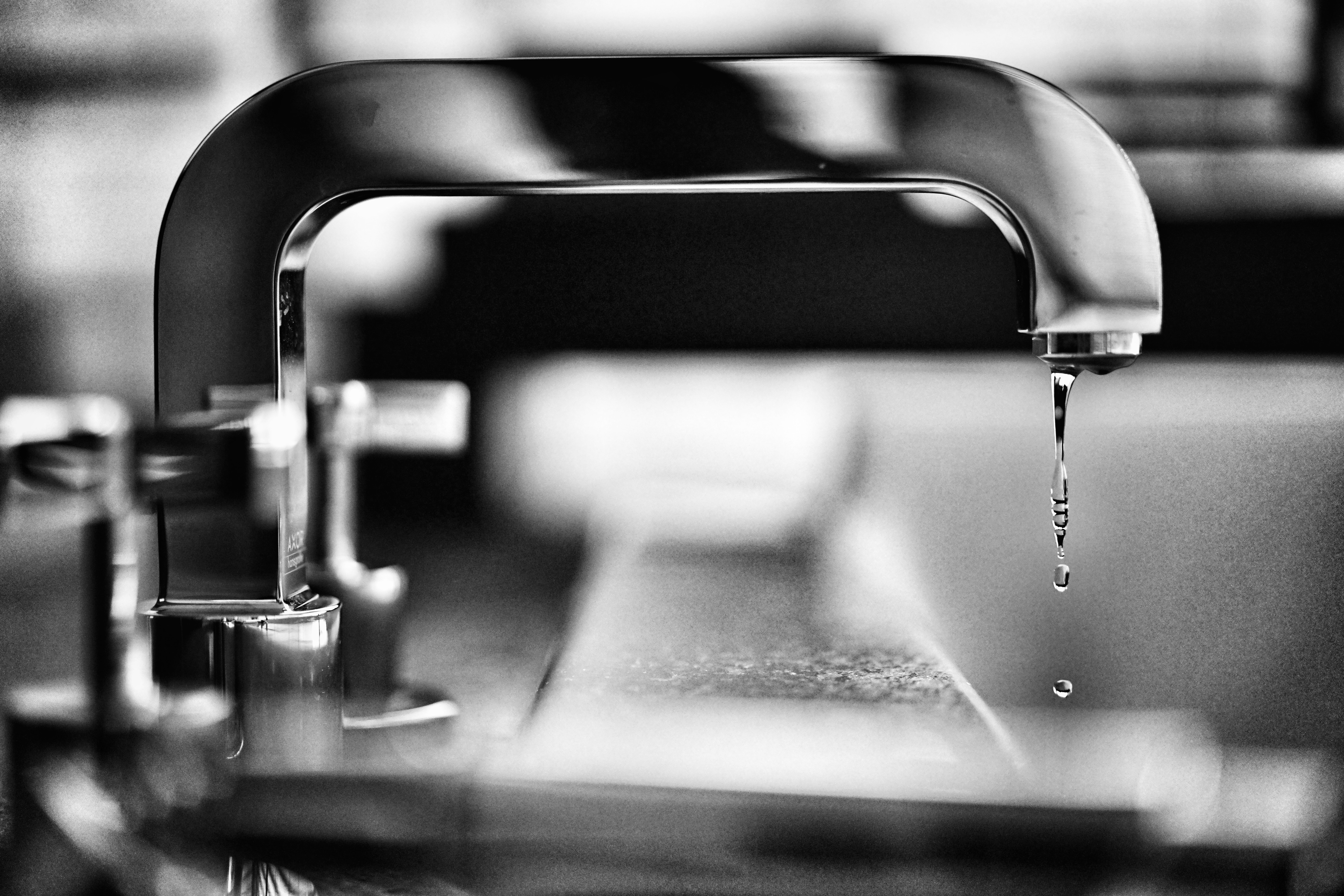
To comply with the Canada Plumbing Code, individuals must abide by three main standards: installation, maintenance, and performance.
Installation Standards:
To comply with installation standards within the plumbing code, plumbing systems must be installed according to specific guidelines and with complete accuracy. In addition to following these guidelines, Canada Plumbing Code also insists on making sure installations are accessible for maintenance.
Maintenance Standards:
To comply with maintenance standards, plumbing systems should be regularly inspected for damage or leaks. Any worn parts should be replaced or repaired as soon as possible to avoid any future damages to pipes or other plumbing fixtures.
Performance Standards:
Performance standards determine whether plumbing systems are performing effectively or not. When a system is performing, it Tis effectively eliminating any potential obstructions that can cause water or pipe damage through consistent flow and pressure.
How can you ensure Canada Plumbing Code compliance?
Here are the best ways to ensure compliance with the Canada Plumbing Code:
1. Always hire licensed and experienced plumbing professionals.
2. Familiarize yourself with the regulations and requirements of the Canada Plumbing Code.
3. Have regular inspections performed to ensure plumbing systems are up to code.
4. Maintain an active maintenance and repair program to prolong the lifespan of plumbing fixtures, pipes, and appliances.
Conclusion:
The Canada Plumbing Code is a vital component in ensuring the safety, sustainability, and longevity of plumbing systems in buildings throughout the country. Understanding and complying with the regulations within the code is essential for maintaining a safe and sanitary plumbing system in any building. By following these recommendations, you can ensure that your plumbing system stays in compliance with the Canada Plumbing Code and extends the lifespan of pipes, appliances, and other fixtures. If you are unsure about any plumbing issue or would like to inspect and maintain your plumbing system, don’t hesitate to contact a licensed professional. Visit our website aceplumbingrepair.com or give us a call at (844) 711-1590 to speak to our Plumbing experts.


